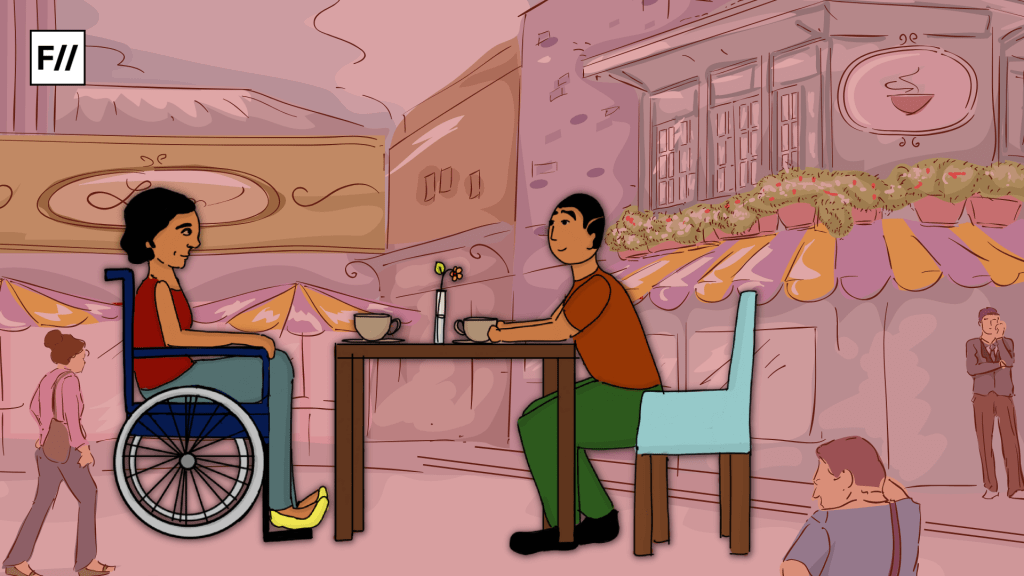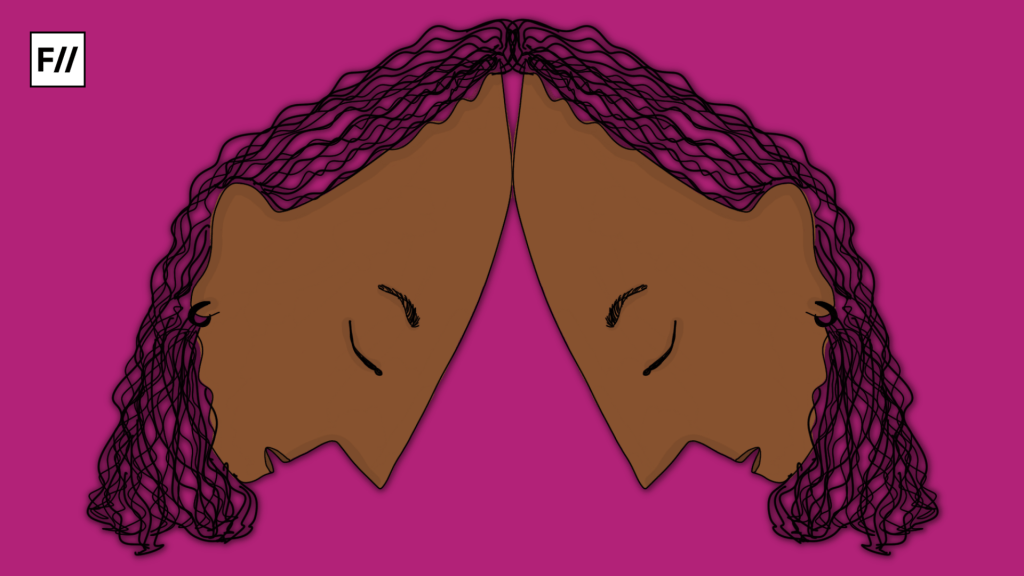On 12th March 1990 600 activists with and without ‘disability,’ affiliated with the American Disabled Attendant Programs Today gathered at the Capitol Building in Washington DC, the United States. Subsequently, they propelled themselves from their wheelchairs and crawled up the 83 steps of the building against the slow progress in passing the Americans Disabilities Act that would provide them with a legal guarantee for fair and equal treatment from the state. This act of protest exposed the deep-seated ableism at the core of our societies.
Industrial Capitalism renders every human and non-human entity as extractive centres of profit-making, an extremely violent process. The history of capitalism shows that its superstructure produces hierarchical binaries like civilised/uncivilised, male/female, society/nature, and able/disabled and perpetrates immense amounts of violence on those at a lower rung. From the 15th to the 17th wide swathes of forest in Europe, considered as mute particles not worthy of profit were cleared, several thousand women in Europe and America were burned down as witches to control their reproductive powers for capitalism, indigenous Americans subjected to extermination and Africans to slavery.
Capitalist culture justifies dehumanisation and violence as necessary for profit-making. Ableism is one of the multiple violent ideologies produced by capitalism along side racism, sexism, militarism, and cis heteronormativity.
The political economy of Ableism
Ableism can be defined as a set of ideas, practices, institutions and processes that privilege certain forms of bodyminds over others and discriminate against non-normative forms of bodyminds. Bodyminds can be defined as “imbrication (not just the combination) of the entities usually called ‘body’ and ‘mind.'” This process of privilege and discrimination is carried out by a complex meaning system of capitalism. This system of meaning is controlled by the owners of the means of production in capitalism those who have enough coercive apparatuses (police, military) and hegemonic knowledge structures (schools, media and other public spheres) to impose their discourses over the ‘others.’

This meaning system privileges the abilities that are deemed essential according to the standards of capitalism, those which enhance productivity and efficiency. Physical and psychological characteristics that enable profit-making in the market are grouped into the artificial categories of being able-bodied and any deviance in these characteristics is labelled as disabled. Able-bodied ness is intricately interlinked with those bodyminds that can serve as a labour force and take part in the extraction of profit.
Ableism is connected to all the institutions that are necessary for capitalist expansion and expropriation like nationalism. Nationalist propaganda in 19th century France and Germany called for women to reproduce able-bodied men who could serve in the military and contribute to the wars of capitalist expansion of European powers. Patriarchal practices also fit into a broader category of ableist practices. Women being denied menstrual leave, and maternity benefits are used to reproduce the idea that women are biologically unfit to serve in the labour force. Disability is thus a social construction imposed on bodyminds that cannot be utilised to extract profit.
Ableism and the normalisation of violence
Capitalism has a broad design in place to normalise ableism. The first aspect of such design is the intervention using technologies on individuals labelled as disabled. Such technologies like hearing aids reinforce the desirability of certain bodyminds over the other making able-bodiedness the norm under capitalism. The scope of consent of individuals is minimal because they know that to survive under capitalism they must do so. Even using technology does not solve most problems. The market economy is designed to exclude individuals labelled as ‘disabled.’

In the United States for example deaf individuals are excluded from interviews despite having the same qualifications as that of their ‘able-bodied,’ counterparts. Deaf individuals also find it extremely difficult to fill up forms in hospitals, accessing government services and reading or listening to news which goes on in English rather than in American Sign Language the language with which most deaf individuals find it easy to communicate. Deaf individuals who are incarcerated face prolonged imprisonment and solitary confinement for not reporting to counts and not responding verbal orders.
Neo-liberal- ableism has been exported to the global south through globalisation which has resulted in state protection of workers because labour laws are nakedly violated in Special Economic Zones (SEZs). Labourers are hired by contract and stripped of employment as anti-austerity measures. The worst victims are disabled workers. The workforce participation rate of persons with disabilities is as low as 37.6 per cent compared to 62.5 per cent for the general population according to reports.
The 1995 Persons with Disabilities (Equal Opportunities, Protection of Rights and Full Participation) (PWD) Act legalised the reservations of 3 per cent of seats for disabled individuals in positions in public offices but those positions have largely remained vacant. This act is also not binding on private sectors which can easily flout rules. The legal protections do not cover verbal, physical and psychological abuse at schools, workplaces neglect and abuse at home due to the stigma surrounding disability. Individuals wearing hearing aids are routinely harassed and frisked in competitive examination centres for long durations causing immense emotional trauma for the individuals. Thus it can be concluded that liberal whitewashing terms like ‘differently abled,’ do not solve the problem because the structural causes of disability, and capitalism remain intact.
Experiences with state intervention in the field of ‘disability,’ have nowhere reached the goals of emancipation of these individuals from ableism. The change will not come from the bottom through state charity but rather through bottom-up mobilisations of broad political alliances of all marginalised people i.e. women, queer people, people of minority ethnic and religious groups, indigenous people, unorganised workers and all other minorities. Individual and collective liberation of human beings allows for the unhindered unfolding of humanity’s creative potential.
About the author(s)
Rohin Sarkar (preferred pronouns: he/him) is an eighteen year old teenager obsessed with critical theory, Anarchist studies and Ambedkarite literature. His passion other than academics include poetry by Faiz Ahmed Faiz and Habib Jalib along with Anarchist punk by David Rovics. He also enjoys Oxford style and British Parliamentary debating because it enables him to speak his mind without fear of being censured. When not studying or debating he is chatting on politics with his friends either on WhatsApp or in the college premises.





